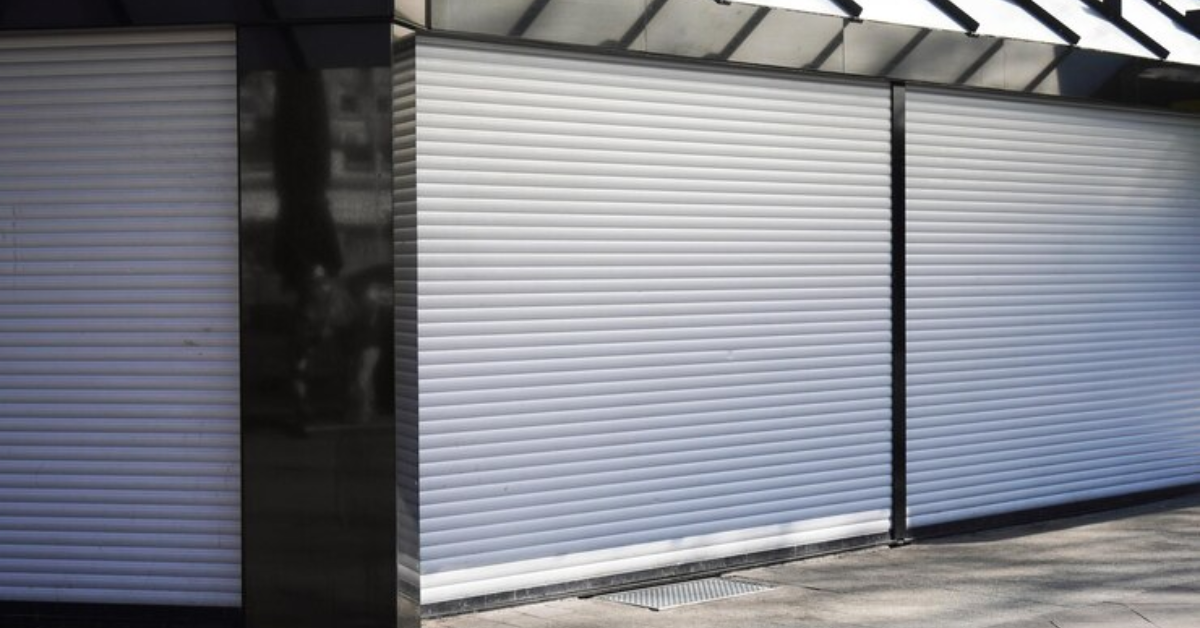How Much Does A Roll Up Garage Door Cost?
When considering a new garage door, many homeowners find roll-up garage doors to be an excellent choice due to their durability, space-saving design, and aesthetic appeal. These doors are ideal for both residential and commercial properties, offering a sleek look and functional benefits. However, one of the most pressing questions is: How much does a roll-up garage door cost? Understanding the factors that influence the price can help you make an informed decision and ensure you get the best value for your investment.
The cost of a roll-up garage door can vary widely based on several factors. Material is a significant component of the cost, with options ranging from steel and aluminum to wood and fiberglass, each offering different benefits and price points. Installation costs also play a crucial role, as professional installation ensures proper function and longevity of the door. Various additional features such as insulation, security enhancements, and smart technology integrations can influence the overall price.
In this comprehensive article, we will delve into the various costs associated with roll-up garage doors. We will break down the expenses related to different materials, explore the importance of professional installation, and discuss the cost implications of various optional features. By the end of this guide, you will have a clear understanding of what to expect in terms of pricing, enabling you to make a well-informed decision that aligns with your budget and requirements.
Aspects Affecting Roll-Up Garage Door Prices
Material Costs
The material of the garage door is a significant determinant of its cost. Common materials include:
- Steel: Steel roll-up doors are popular for their strength and durability. They are resistant to harsh weather conditions and require minimal maintenance. On average, a steel roll-up garage door can cost between$500 to $1,500.
- Aluminum: Aluminum doors are lightweight and resistant to rust, making them ideal for humid environments. These doors typically cost between$750 to $2,000.
- Wood: Wooden roll-up doors offer a classic, elegant look but require more maintenance to protect against weather damage. Prices for wooden doors range from$1,000 to $4,000 depending on the type of wood and design.
- Fiberglass: Fiberglass doors are durable and can mimic the appearance of wood without the high maintenance. The cost of fiberglass roll-up doors is usually between$800 to $5,000.
Size and Customization
The size of the garage door significantly affects the price. Standard single-car garage doors (8x7 feet) are less expensive than double-car garage doors (16x7 feet). Custom sizes or designs that require special manufacturing processes will also increase the cost.
- Standard Sizes: Single-car doors typically cost between$300 to $1,200, while double-car doors range from$600 to $2,500.
- Custom Sizes: Custom or oversized doors can cost anywhere from$1,000 to $5,000 or more, depending on the specifications.
Insulation and Energy Efficiency
Insulated garage doors are more expensive than non-insulated ones, but they offer better energy efficiency and noise reduction. Insulation is measured by the R-value, with higher values indicating better insulation.
- Non-Insulated Doors: Typically cost between$300 to $1,000.
- Insulated Doors: Prices range from$500 to $2,500 depending on the level of insulation.
Additional Features and Accessories
Adding extra features can enhance the functionality and aesthetics of your garage door but will also increase the overall cost. Common additional features include:
- Windows: Adding windows for natural light can cost an additional$200 to $500.
- Smart Technology: Integrating smart technology for remote access and security can add between$100 to $400.
- Custom Finishes: Special finishes or colors can increase the price by$100 to $500.
Installation Costs
The cost of professional installation is another crucial factor to consider. Installation prices can vary based on the complexity of the job and your location.
- Professional Installation: Typically costs between$200 to $600 for standard doors. Complex installations or custom doors can cost up to$1,000 or more.
- DIY Installation: Some homeowners may choose to install the door themselves to save money. However, this option is only recommended for those with advanced DIY skills and the necessary tools.
Maintenance and Long-Term Costs
Regular maintenance is essential to ensure the longevity and smooth operation of your roll-up garage door. Consider these long-term costs:
- Annual maintenance, including lubrication and inspection, can cost between $100 to $200.
- Costs for repairs can vary widely, from $50 for minor fixes to $500 or more for significant repairs like replacing the door springs or tracks.
Conclusion
The cost of a roll-up garage door can vary widely based on several factors, including the material, size, insulation, additional features, and installation. On average, homeowners can expect to spend between $500 to $3,000 for a standard roll-up garage door, with additional costs for installation and maintenance. By understanding these factors, you can make an informed decision that meets your needs and budget.




